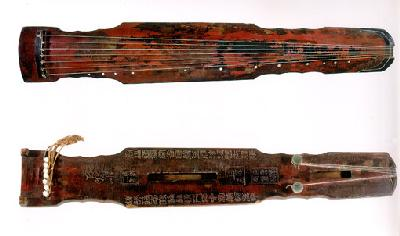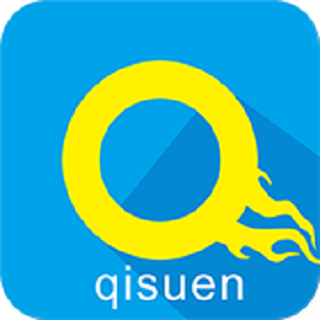The guqin, China’s seven-stringed zither, holds over 3,000 years of cultural history. Recognized by UNESCO as intangible cultural heritage, this ancient instrument represents China’s highest tradition of solo music. Early writings and archaeological discoveries show its deep connection to Chinese intellectual life. Historically, nobles and scholars played the guqin as an elite art in private settings, never for public performances. Considered one of scholars’ “Four Essential Arts” alongside calligraphy, painting, and chess, mastering it traditionally required twenty years of practice.
Measuring about 130cm long with paulownia wood surface and catalpa wood base, the guqin features seven strings above thirteen jade markers. Its unique design includes two sound holes poetically named “phoenix pool” and “dragon pond”. Players produce tones across four octaves (八度音阶) using three basic techniques: san (plucking open strings), an (pressing strings while plucking), and fan (creating light overtones). These methods allow for rich expressions — from airy floating notes to solid deep tones, using techniques like sliding fingers on strings.
More than just an instrument, the guqin embodies traditional Chinese values of clarity, simplicity, and elegance. Famous historical figures including Confucius and philosopher Ji Kang were master players. Ancient scholars left many writings about its art, preserving thousands of musical compositions through centuries. The guqin served not only as musical expression but also as a tool for spiritual cultivation among intellectuals.
While more than 10,000 skilled players remain today — with thousands of true masters — recent generations have worked to revive this heritage. Modern virtuosos (演奏家) like Guan Pinghu mastered classical pieces while developing new teaching methods. Though the original repertoire (曲目) of thousands of works has reduced to about one hundred regularly played pieces, institutions now actively preserve scores and techniques. Cultural programs introduce students to the guqin’s poetic charm, ensuring this ancient art continues to inspire new generations with its timeless voice.
原创编写 版权所有 侵权必究! 每日更新 个性化阅读 英语飙升!
1. 1. What can we infer from the first paragraph about the guqin?
A It has a 3,000-year-old physical history.
B It was mainly played in public events.
C It was closely related to scholars’ life.
D It took decades to learn basic skills.
2. 2. What is the main idea of the second paragraph?
A The cultural value of the guqin.
B The structure and sound of the guqin.
C The historical significance of the guqin.
D The challenges of learning the guqin.
3. 3. According to the passage, how did the guqin function for ancient intellectuals?
A As a tool for public entertainment.
B As a means of physical exercise.
C As a way to develop inner wisdom.
D As a symbol of social status.
4. 4. Why does the author mention Guan Pinghu?
A To highlight the decline of guqin players.
B To criticize traditional teaching methods.
C To show efforts in reviving the guqin.
D To compare ancient and modern musicians.







 更多优质学习内容
更多优质学习内容



